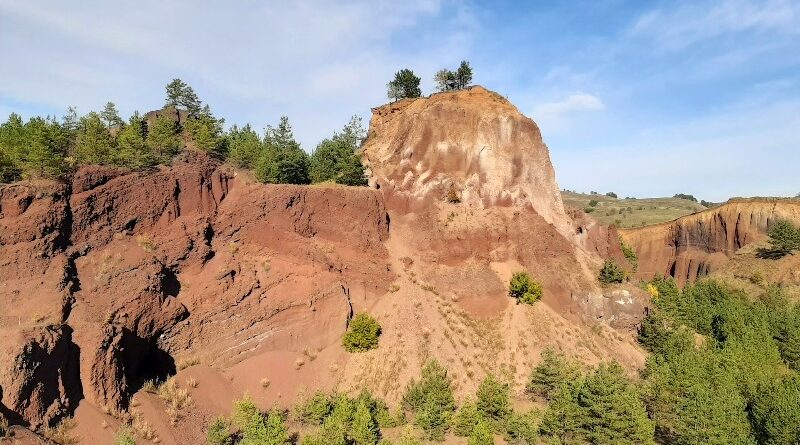Racoș: Exploring an Extinct Volcano and Abandoned Castle
In this destination guide we will explore Racoș, a town in Romania which is famous for its extinct volcano, emerald lake, basalt columns and the abandoned Sükösd-Bethlen Castle.
A Racoș side trip
Although I was planning to drive further north after my visits to Rupea and Homorod, I couldn’t resist a small side trip on my tour of the Saxon Fortified Churches of Transylvania.
Just a few miles to the east of Rupea lies the town of Racoș, which is called Alsórákos in Hungarian and Ratsch in German.
Racoș is actually a majority-Hungarian town (52% Hungarian, 22% Romanian, 20% Roma) with an interesting history.
As Racoș is also relatively well-known inside Romania for its rather unique volcanic landscape, it makes this town a worthwhile little detour from the main road and away from the usual tourist circuit of Transylvania.
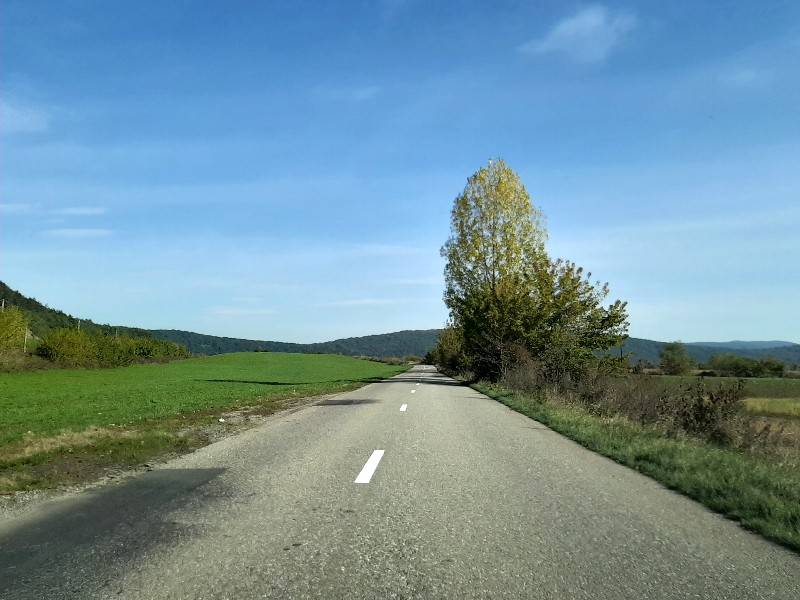
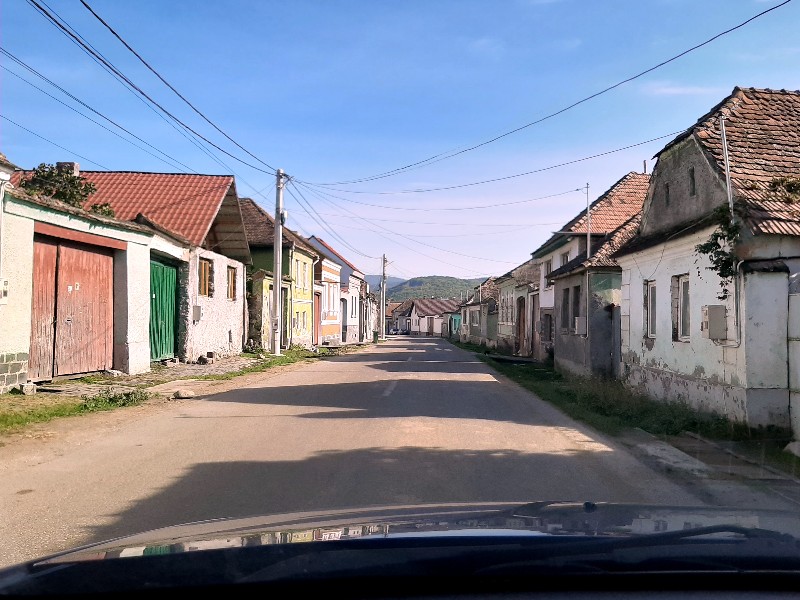
Sükösd-Bethlen Castle
The first sight I encountered in Racoș was the Sükösd-Bethlen Castle, which is located just off the main road in the town centre.
Here you must buy an entrance ticket (20 lei, approximately €4) which gives you access to the castle as well as to the volcano, emerald lake and basalt columns just outside of town.

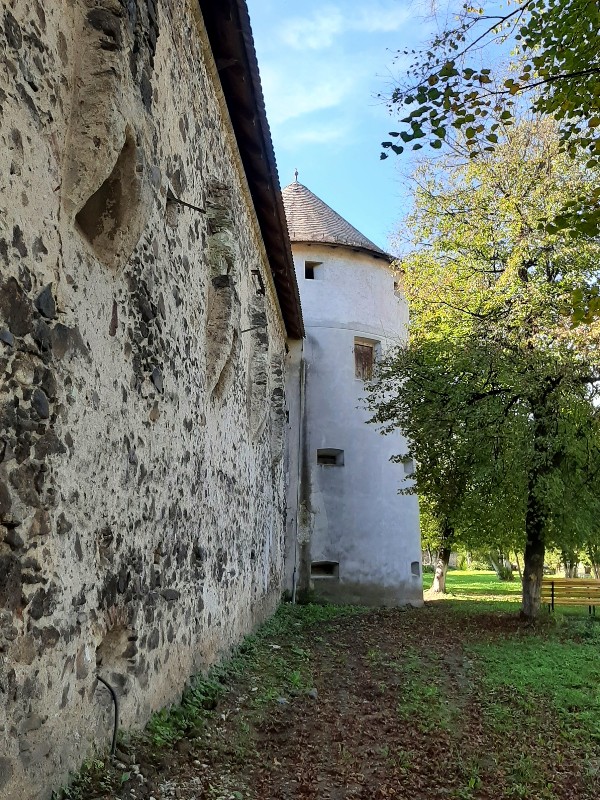
About the castle
Sükösd-Bethlen Castle is named after two of its most famous inhabitants, György Sükösd and Samuel Bethlen.
Sükösd was the one who built the castle in 1624, although most of what you see now is the result of a big renovation which took place later in the 17th century when the castle’s ownership had passed to Count Samuel Bethlen.
The castle has been built in the shape of a square, with buildings being attached on the inside to three of the four defensive walls.
There are circular bastions at all four corners of the castle, although the most striking structure is the church-like gate tower on the southern wall.
Even though it’s interesting to have a quick look around Sükösd-Bethlen Castle, there isn’t actually that much to see as most of the castle buildings lie abandoned after centuries of gradual neglect and disrepair.



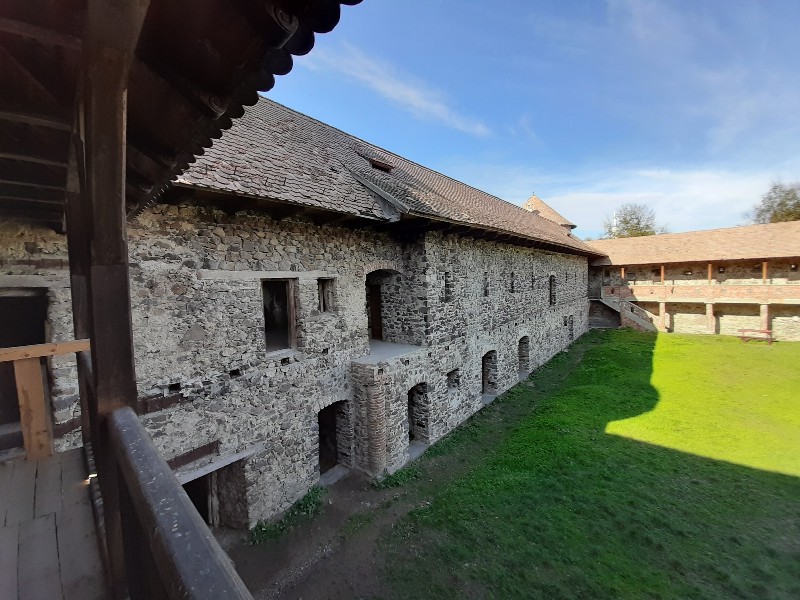



Towards the volcano
From the castle it’s a short uphill drive to the ‘Complexul Geologic Racoş’ (Racoş Geological Complex), the area just north of town in which you can find the extinct volcano, emerald lake and basalt columns.
There are two (free) parking areas a couple of hundred metres apart on top of the hill.
The first parking lot you will encounter is closest to the extinct volcano while the second parking lot is the best place to park for the emerald lake and basalt columns.


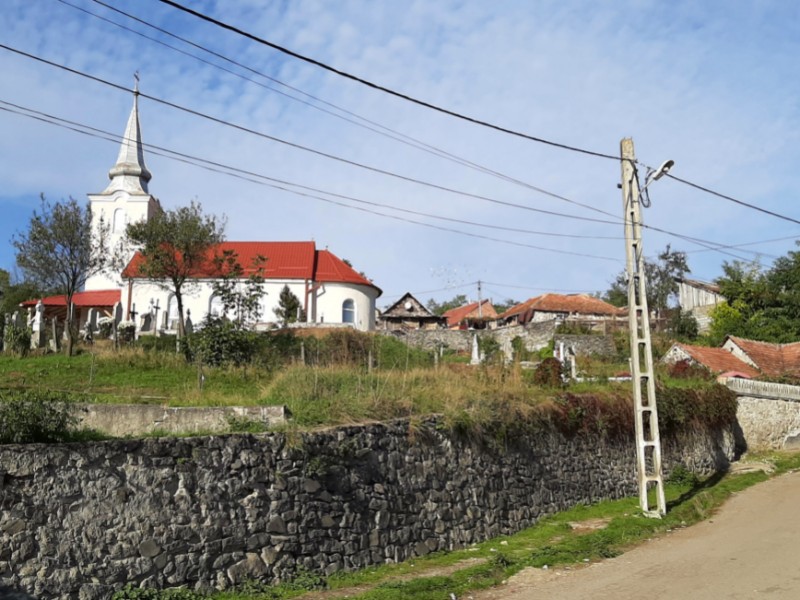

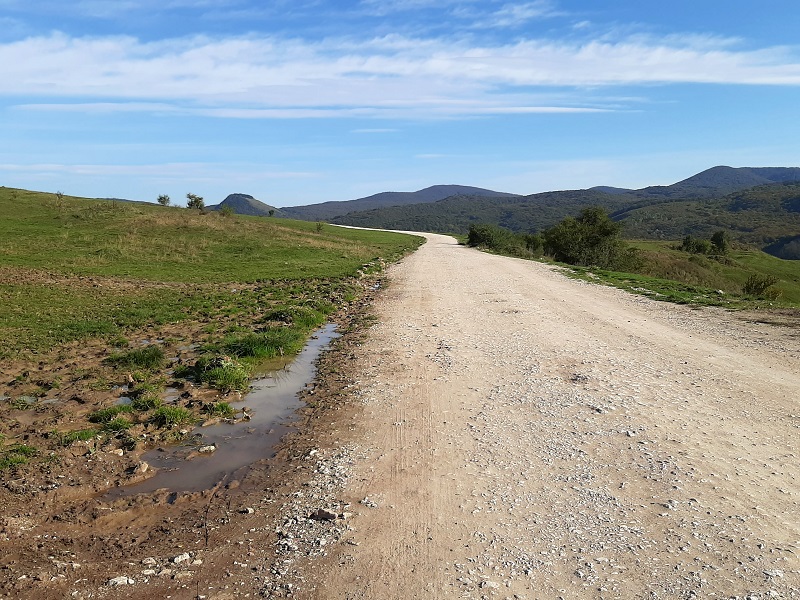
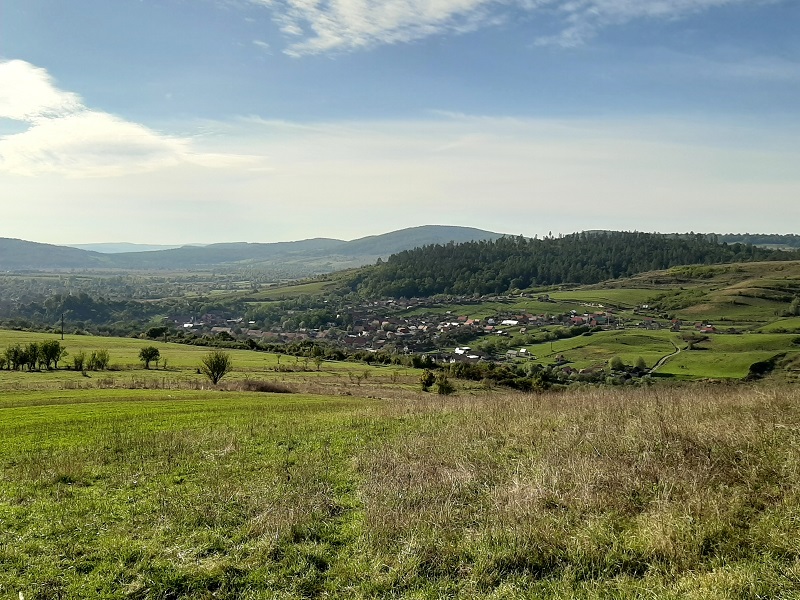
Emerald lake
The first of the natural sights in the Racoș area which I visited was the emerald lake, which in Romanian is called ‘lacul de smarald’.
This lake used to be a quarry from which basalt rocks were extracted.
However, at one point the quarry reached such a deep level that the stonemasons hit a spring, which caused the pit to fill up.
Currently, the lake is around 20 metres deep and the water levels are still rising to this date due to the continuing inflow of both spring and rain water.
Although the lake wasn’t too impressive on the autumn day when I visited it, it is said to be much prettier on sunny springtime or summer days when the algae give the lake its famed emerald colours.
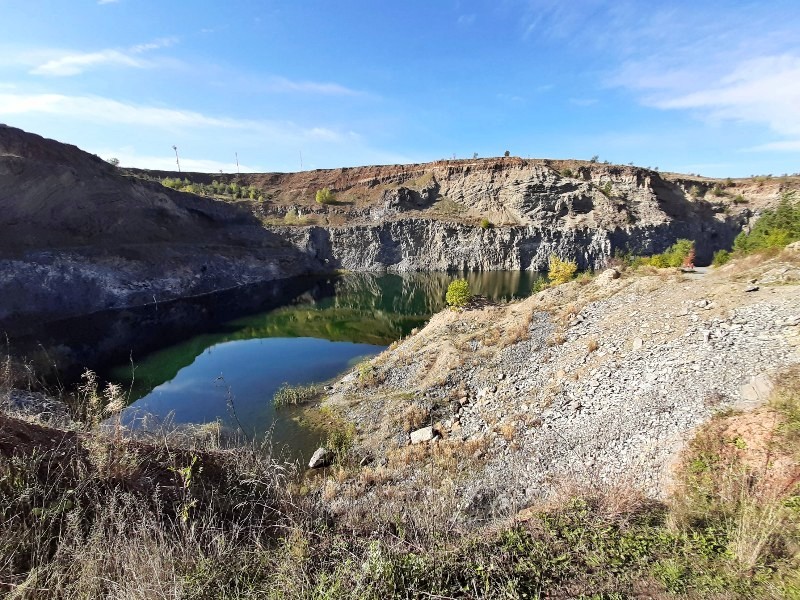



Basalt columns
While the emerald lake is located north of the second parking lot, the basalt columns are located a bit downhill to the south.
It’s a nice 5 to 10 minute walk to reach the basalt columns, which in fact are pillars of hardened lava.
Such basalt columns often have spectacular geometric shapes due to the rapid contraction of cooling volcanic rocks.
However, take note that “rapid” here means that such basalt columns were formed in a couple of decades or a century, which is still an extremely short timeframe in geology.
What you see in Racoş is a similar geological process as the one which shaped the famous Giant’s Causeway in Northern Ireland, where basalt columns descend directly into the sea.
The Racoş basalt columns are about 12 to 15 metres high and are actually quite impressive when you stand right in front of them.
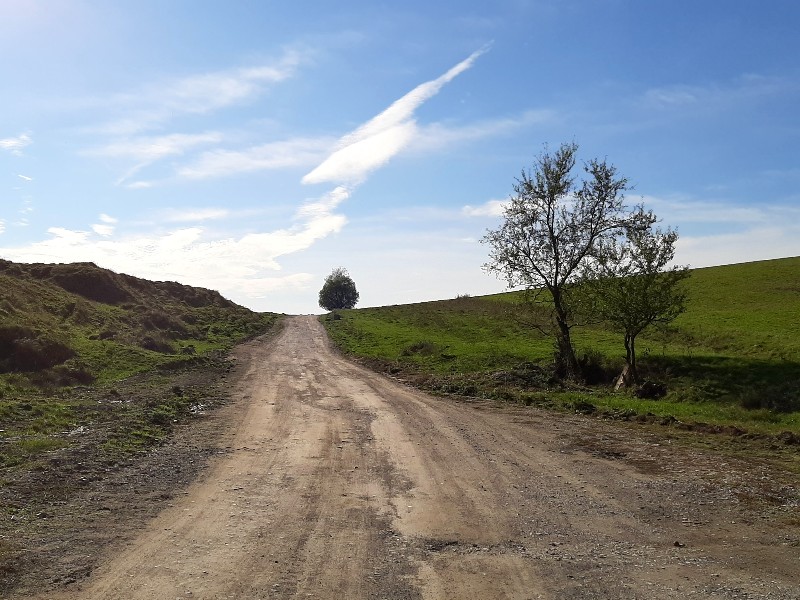
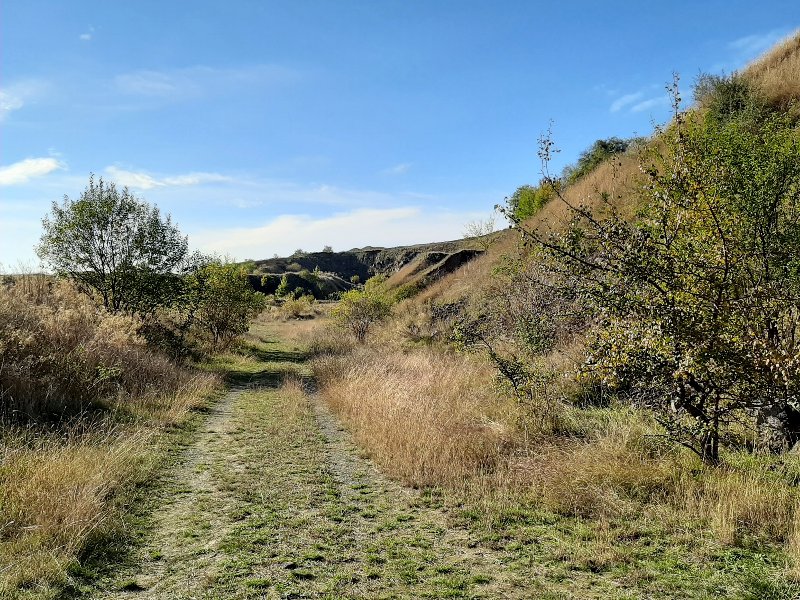


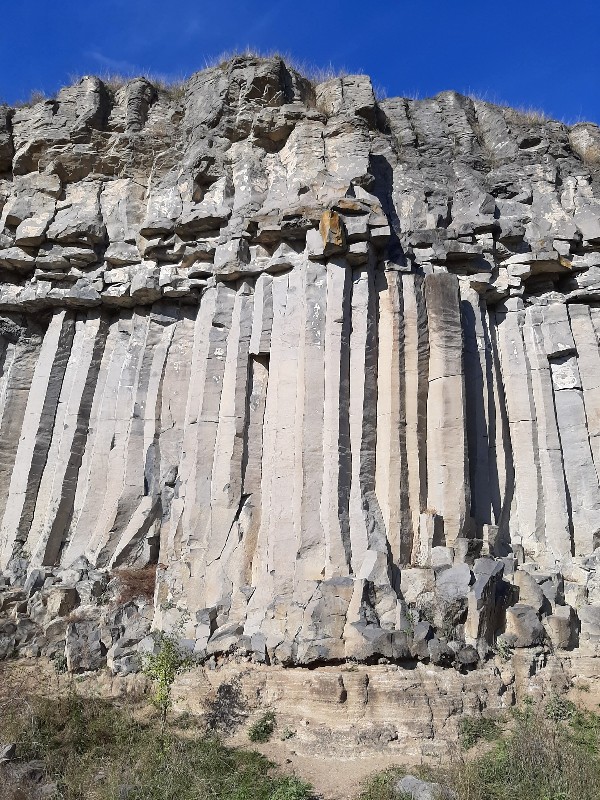

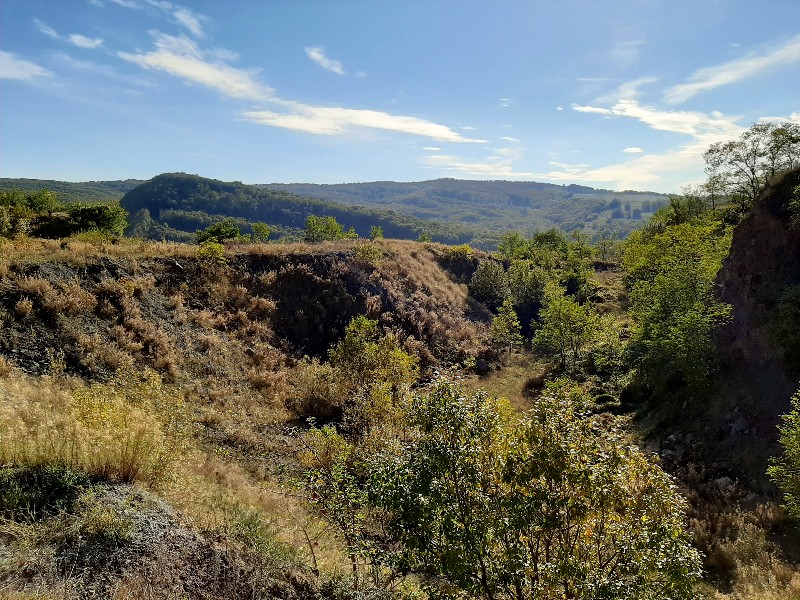
Extinct volcano
Having visited the emerald lake and the basalt columns, I went back to my car and drove the short distance back to the first parking lot in order to visit the extinct volcano.
From the parking lot, it is a good 10 to 15 minute uphill hike to reach the Racoş volcano, which last erupted well over a million years ago.
There have been several eruption centres in the past and even for the untrained eye it’s easy to spot several craters in the moonlike landscape of Racoş.
However, the largest caldera is the most spectacular.
Marked by the red rocks of Mount Heghes, this was the location of the last and most violent volcanic eruption.
The red colour of the rocks contrast vividly with the green pine trees in the caldera. Blink your eyes for a second and you might think you are in a US national park in a state like Utah or Arizona.
It is therefore certainly not a surprise that recently the Western drama series Django was filmed right here at the Racoş volcano.
Apart from the red rocks around the Mount Heghes caldera, you can find several other smaller craters and unusual volcanic landscapes in this area.
The great variety of colours is absolutely stunning as besides the red rocks there are plenty of spectacular formations in black and brown basaltic rocks.

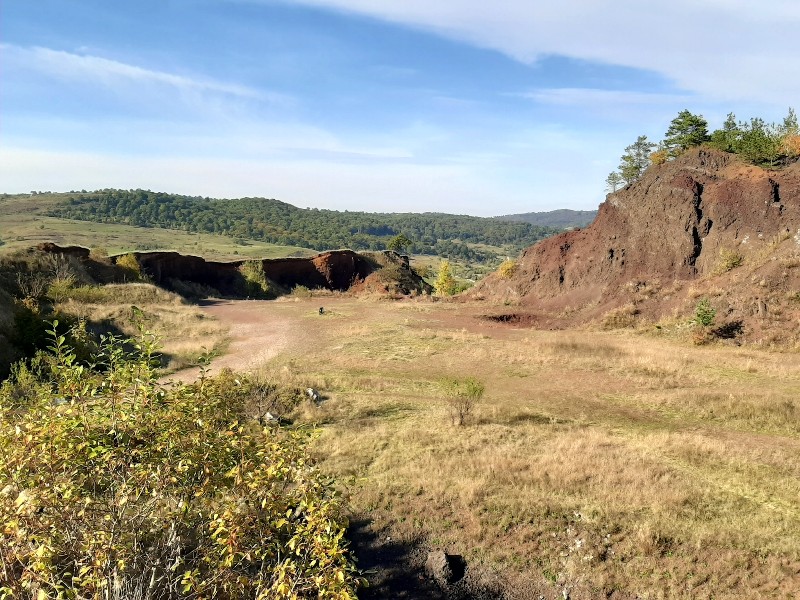

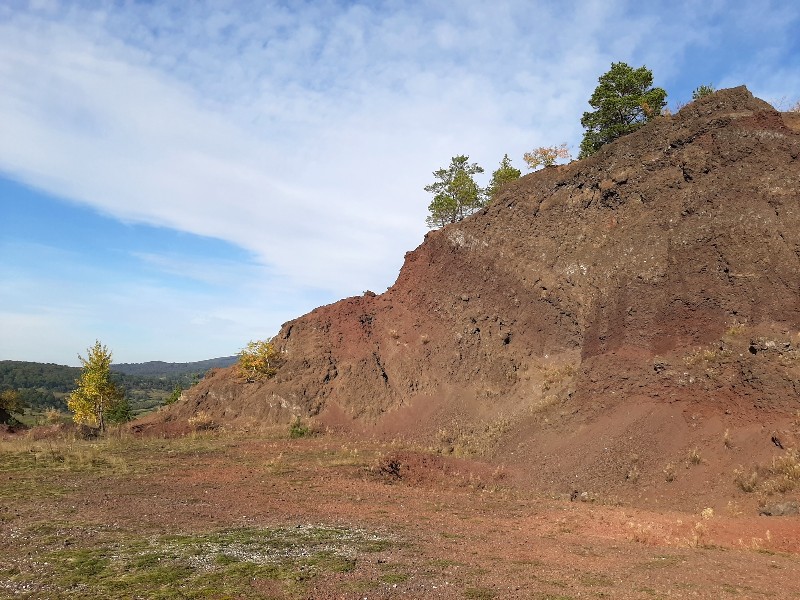
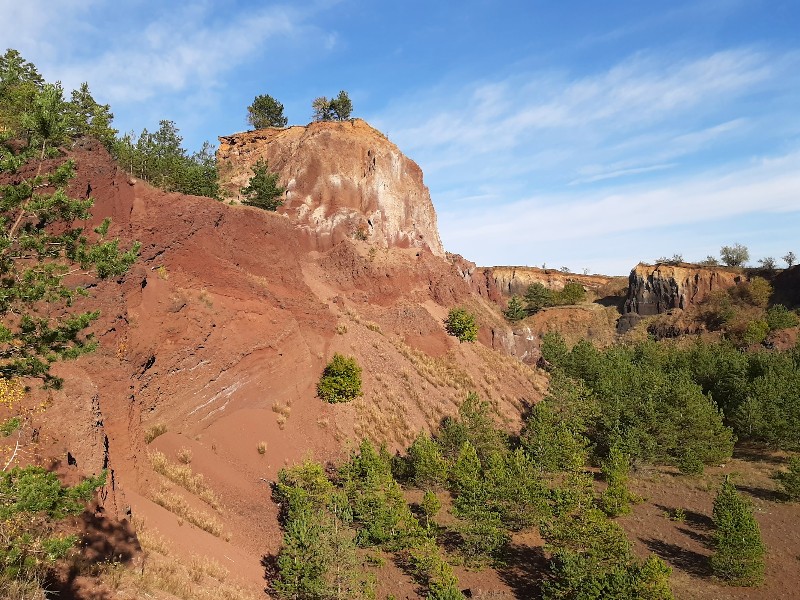




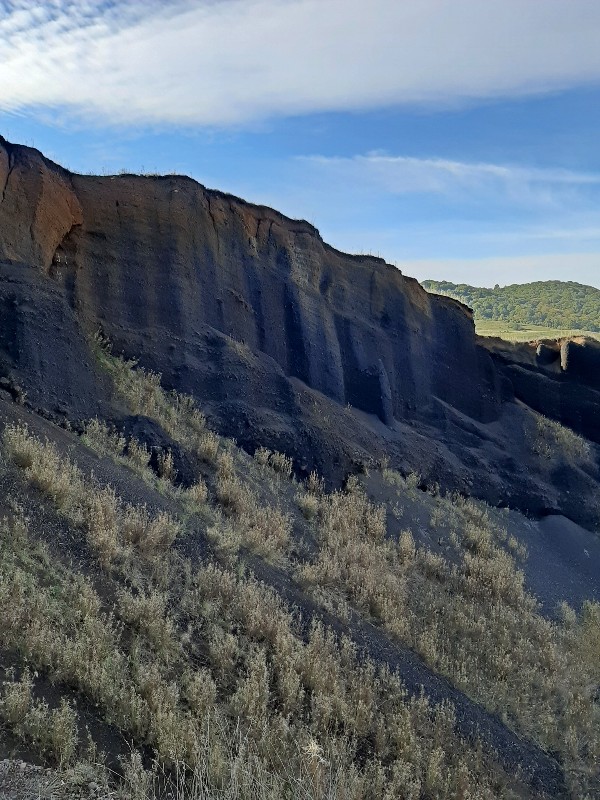

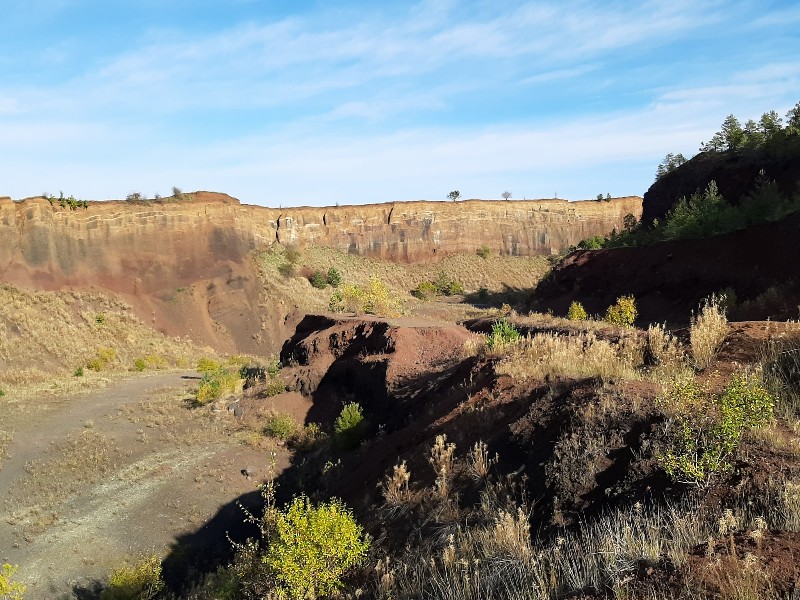
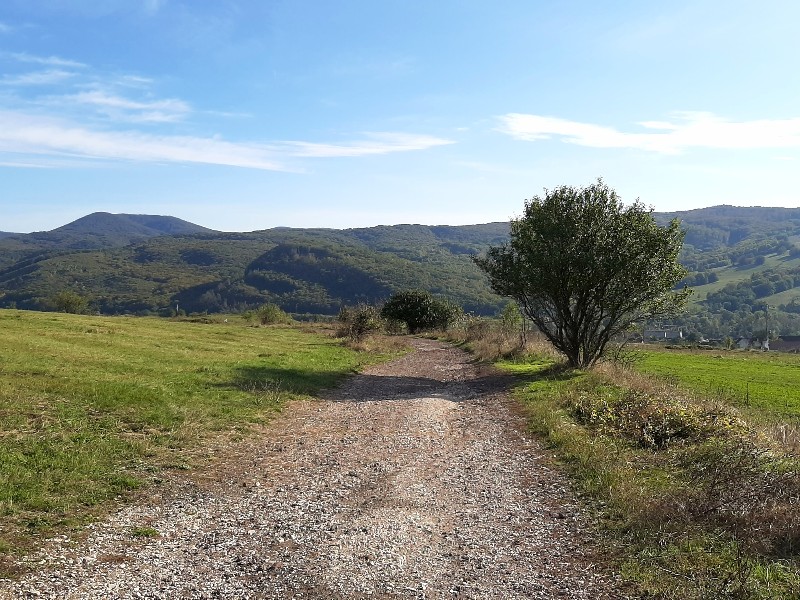
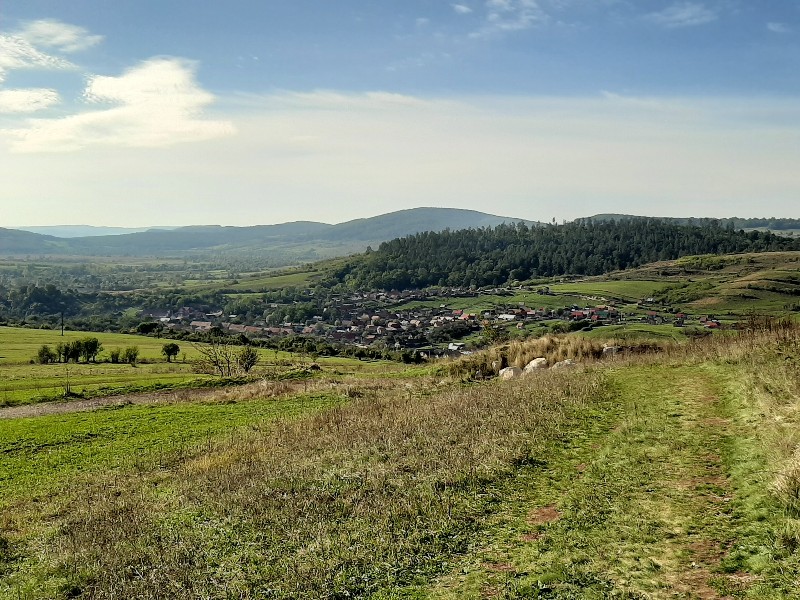
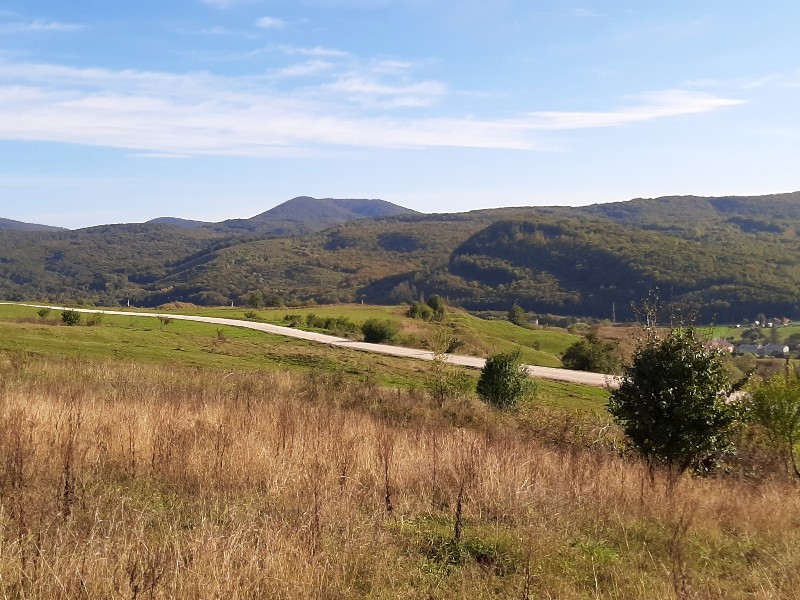
Visiting Racoş by public transport
Although I visited Racoş by car, it’s also possible to visit all of these sights by public transport.
Racoş has a train station on the line between Braşov and Sighişoara on which the slow Regional (R) trains stop.
However, at the moment also a faster InterRegio (IR) train service halts at Racoş (one of the daily Bucharest to Cluj-Napoca trains, in both directions).
Although the Sükösd-Bethlen Castle is just a short walk away from the railway station, reaching the Racoş volcano, basalt columns and emerald lake would involve a longer uphill hike.
Conclusion
With its moonlike red, brown and black rocks, the volcanic landscape around Racoş is certainly impressive and is well-worth the short detour from the usual Transylvanian tourist circuit.
In fact, I’d even argue that the stunning natural beauty of the Racoş volcano and its interesting geological features make for a great destination in its own right.
Although the emerald lake wasn’t at its most beautiful when I visited in autumn, I tremendously enjoyed seeing the basalt columns and walking around the Racoş volcano with its spectacular landscapes in all kinds of red, brown and black colours.
It also was nice to have a quick look around Sükösd-Bethlen Castle, although due to its abandoned state it isn’t the most interesting of all Transylvanian castles and Medieval structures.
Racoş does however pack in a lot of amazing sights for such a small town and you certainly won’t regret visiting it.
Trip report index
This article is part of the ‘Visiting the Saxon Fortified Churches of Transylvania‘ trip report, which consists of the following chapters:
1. The Fortified Church of Harman (Honigberg), Brasov County
2. The Fortified Church of Prejmer (Tartlau), Brasov County
3. The Fortified Church of Feldioara (Marienburg), Brasov County
4. A Visit to Rupea Fortress
5. The Fortified Church of Homorod (Hamruden), Brasov County
6. Racoș: Exploring an Extinct Volcano and Abandoned Castle (current chapter)
7. In the Footsteps of King Charles: A Visit to Viscri, Romania
8. A Visit to the Fortified Church of Viscri, Brasov County
9. A Night Walk Around the Citadel and Old Town of Sighisoara
10. Review: Hotel Casa Wagner, Sighisoara, Romania
11. The Fortified Church of Saschiz (Keisd), Mureș County
12. The Fortified Church of Cloasterf (Klosdorf), Mureș County
13. The Fortified Church of Mesendorf (Meschendorf), Brasov County
14. The Fortified Church of Crit (Deutsch-Kreuz), Brasov County
15. The Fortified Church of Biertan (Birthälm), Sibiu County
16. The Fortified Church of Hosman (Holzmengen), Sibiu County
17. Review: Brukenthal Palace Hotel, Avrig
18. A Visit to Sambata de Sus and the Brancoveanu Monastery
19. Into the Carpathians: A Beautiful Drive to Moieciu de Sus

